How to create a professional portfolio of web designer. How a novice designer can create a portfolio for himself - Odi
From the author: Good day, ladies and gentlemen. The first step to a successful web design career is to create a portfolio. It is this - that key factor that customers pay attention to when choosing an artist. This material I will devote to how to create a cool portfolio of web designer selling your expertise without words.
What are your sources of inspiration? What are your trading tools? What projects are you interested in? Here you can also briefly present your experience in this area, as well as your skills, with reference to a specific project in the portfolio, to illustrate them.
If you want to include a picture or clip with you, all the better. Do not forget to add buttons to the profiles of social networks that interest you, knowing your customers. Often a contact page is only added as a simple navigation structure without proper attention. Thus, you can miss a good opportunity to get the visitor to contact you again.
You can become a web design master in many different ways. For example, there are people who achieve significant results in this activity through a simple internship in the studio. The most optimal and “free” solution, from the point of view of “when I want, then torment”, is to search for the first orders as a freelancer.
This is a simple method that does not require upfront costs. However, it is unlikely that you will interest customers without having a single job. Something to demonstrate personal capabilities must be attached.
To make the most of it, he must adhere to several principles. Accept the friendly address. To provoke a reaction - ask a question, contain a call to action. As much as possible, be unforgettable, like graphics and content. Keep up to date with the rest of the design and get rid of the identity of the entire portfolio.
Calls to Action
Include a simple contact form and social media buttons. The following are some compelling examples. 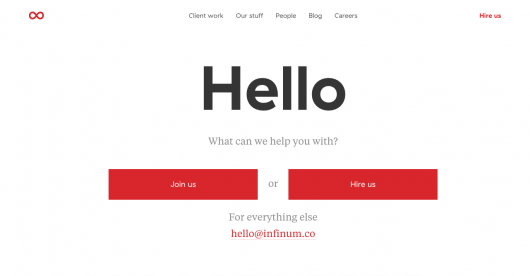
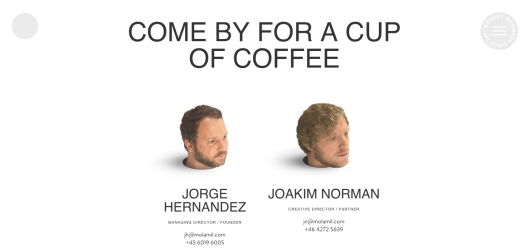
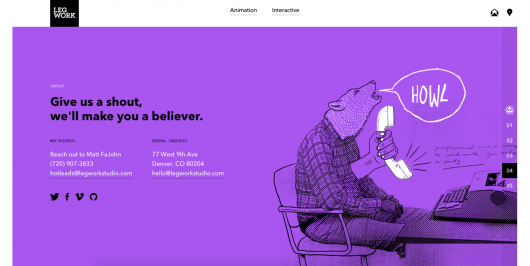
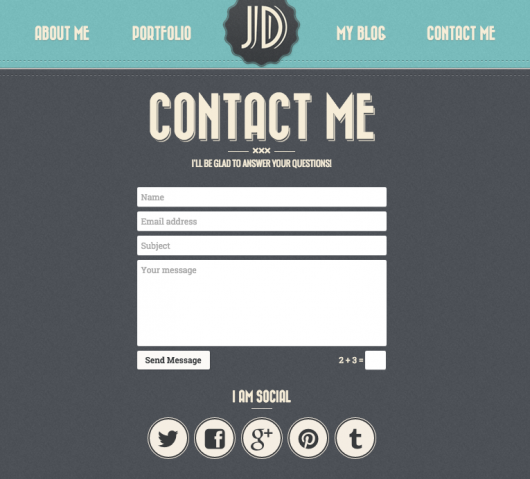
Remember that the main goal of your portfolio is to get someone who wants to contact you. Some of them will want to know more about services, others will have a number of questions about a specific project, others will want to write directly about their business needs.
Portfolio is a business card of any web designer. Using it you can determine the level of professionalism of a specialist and understand whether it is worth starting a collaboration with him or is it better to avoid this gift of fate. Therefore, if you are a web designer, a portfolio must be present.
Moreover, it is necessary to draw it up not for a blunder, but professionally, picking up and presenting the highest quality work from the best angle. Below I will tell you how to make a portfolio of a web designer to get the first money, even if you have not had clients.
For this, it is important to put the necessary actions at key moments in the portfolio. Once you have prepared everything and are ready to launch, do a final review of the entire portfolio. Read all the content and make sure that it is clear, concise and without grammatical errors.
Check all the photos and make sure they have the right size and descriptions. Check the headers and metadata tags on the site to properly reflect the page type. Check all links, internal and external. Make sure you have social media buttons.
Put yourself in the shoes of a potential customer, review the site from its point of view and see where you can improve your experience. He did not postpone launching the portfolio indefinitely. Be sure to mark the main subjects and their correct implementation. On this way, optimization and development of various sections will be carried out.
Where to get the first work for the portfolio?
To get your first orders, in most cases, you need to provide the results of previous projects, but where to get them if you just started? It turns out a vicious circle: no orders - no portfolio, but at the same time, if the web designer does not have a portfolio (examples of work), then there are no orders. However, I will tell you several ways to competently start in this matter without having anything in the clip.
Freelancer Promotion Tactics

The portfolio is ready. But customers will not know that you exist only if you recognize your services. The first step is not to spend the whole week on the promised strategy to the smallest detail, but to start with what is at your fingertips. The first place you can start: circles that are closest to your friends and colleagues. Put them on what your new freelancer status means and offer to let them know.
1. Create web design for yourself.
One of the most common ways to get out of this situation is to create work for yourself. This may be the improvement of your existing projects or some personal ideas that would be interesting to implement. The only difficulty here is to set some kind of limitations for yourself, since web design without frames is not web design, but a pure flight of creativity.
Then browse through local agencies and companies, write down the people you would like to work with, and get to work - contact each of them. Before sending them the first mail or calling them, carefully monitor the specifics of each business and study, as far as possible, a management solution.
Take a picture of their online presence and how they have been promoted so far, and see which chapter you can add to the price or suggestions for improvement. This may be the starting point in the mail you send. Do not count on 2-3 companies, so as not to be disappointed in the speed of response.
If you are implementing a good, interesting project for yourself, then it can also be used later as a business tool. For example, when developing a site that will not only be nice, but also useful for others, in 99.9% of cases there is the possibility of monetizing it.
2. Implementation of the project for friends or acquaintances.
Often there are cases when the first work for the web portfolio of the web designer are projects carried out for friends or acquaintances. I assure you that among people close to you there are at least 1-2 people who need a site. Just try to find out and help them for free or for a small fee.
Personal interaction can have a significant impact on your industry visibility, so use any event, conference, meeting or seminar. In them you can meet valuable people for your projects - be it other freelancers from which you can learn, or people who need your services.
Before you go to such events, be sure to prepare a short presentation, also known as an elevator step. There are many opinions on what a good elevator means. However, its main elements should verify the following. Be brief - oh. 30 seconds.
True, this option has one drawback. If you still have little experience (and this is logical, since you would not have read these lines now), then the skills are clearly still far from ideal. Consequently, the customer (friend, girlfriend, matchmaker, brother) will most likely receive not what he wanted, but this, in turn, will lead to a conflict.
Clearly communicate your skills. Set a well-articulated and articulated goal. In short, he must answer briefly and convincingly to the question: “What can you do for me?” 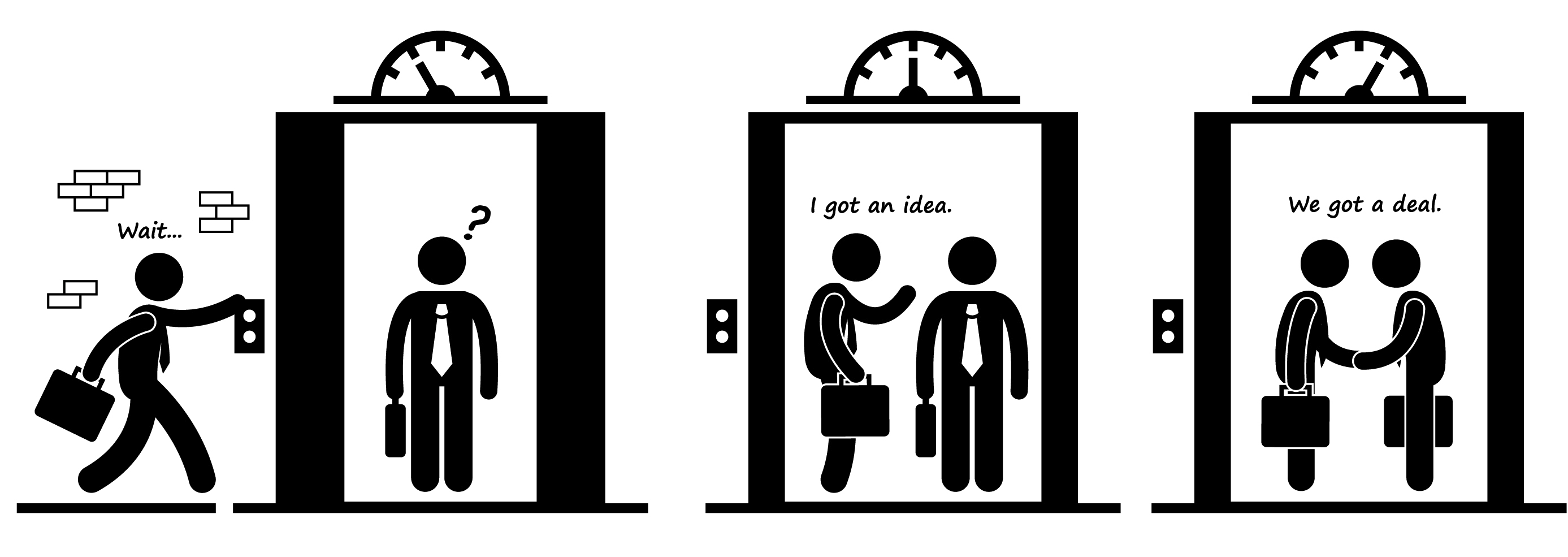
In addition to the time it takes to send emails and make new contacts, save time to create valuable resources for your customers and the community in which you participate. Here are some tactics.
You can search for guest publications on various blogs or online magazines with credentials. You can write or write a tutorial on a useful topic that has not been addressed. You can write a book or create infographics on a topic of interest. Among the generally applicable recommendations.
3. Creating web design for a fictitious company.
No friends, no dogs, no customers? Think of Bill Gates yourself (just don’t put a picture of him), who would be eager to use your services. It is not recommended to choose any specific niches for this matter. Better give preference to any building theme, something close to marketing or an online sportswear store.
The content you create is original, focusing on a few keywords that define the niche in which you work. There is feedback on the presentation site. All the more authoritative, the better. On each page of your presentation site, the main keyword that you want to display in the search results. You can use it in the page content, title and description.
Case study is a very good tool to demonstrate your work in more detail and provide evidence that the examples in your portfolio are your own personal work experience. In the case study, the strategy underlying the project under consideration, the organization of the entire process, the problems identified and the solutions found, as well as the results obtained by the client as a result of its implementation, should be highlighted.
4. Various contests.
If you delve into the Internet, you can stumble upon various contests where prizes are raffled and even a cash reward is given for the best website layout for any project. This can be a great starting jerk, so do not miss this opportunity.
5. Free implementation of projects.
A good option for creating a portfolio for web designers is to do the work for free. Try to find a public customer for this business, who could then tell about your merits. But be prepared for the outcome that when working with a more or less well-known person, if the work, to put it mildly, “does not work”, then this may not reflect too well on your reputation. Think for yourself, but he who does not take risks, longs for no money.
Testimonials can constantly help you in your promotion efforts by simply offering trust. 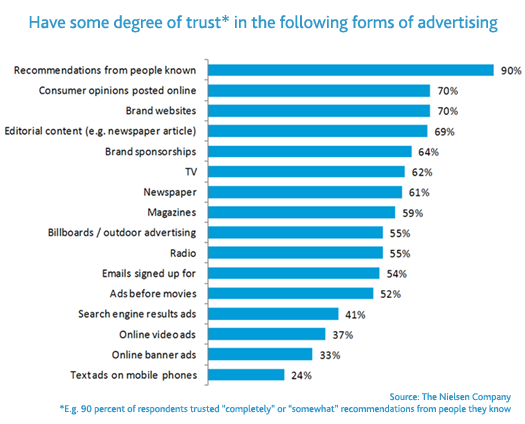
The easiest way to get a recommendation is to create the right context for the client. You mean most of the work. Social networks used as needed can help you become more visible and get new projects.
This does not automatically mean that you need to create a profile in all possible networks. Analyze the activity of everyone, the type of discussions that are being held, and the audience involved, determine which one is the most relevant network for you, and direct all your efforts to it.
Already successfully completed the first orders? Let us then proceed to the design of the portfolio (examples of the work of a web designer). Below I wrote 5 tips that you must follow during this process:
1. Use high-quality images.
Prepare 5-7 photos for each work, which in a visual format would show the key functions and features of those sites that you made. If this is an “alteration” order, and not a project from scratch, then show what happened and what happened.
Build your power in the field. To get various designs. Interaction with other freelancers. Establishing relationships with potential customers. Build a database of followers useful to increase your trust and possible recommendations from them. For publication, they are very dependent on your niche.
As general posts for promoting yourself as a freelancer, you can consider the following. Links to a number of your projects with a brief introduction. Useful links in the industry in which you work. Links to projects that you like, highlighting what you find interesting to work with.
2. Detailed description.
Laconic, pleasantly readable text will never be superfluous under photographs. On the contrary, with his help, a person will be able to understand that you generally designed something like that there.
3. Ask customers for permission.
Before you upload your orders, ask your customers, but are they against it at all? As a rule, no one ever forbids this, but it’s worth clarifying in any case.
Messages about your daily life - from work, events that inspire you, etc. Defamatory speech to colleagues in the industry. Do not forget about monitoring activity on the Internet. It is important that as soon as you start working on your image and presence in the industry, be aware of what you are talking about or your work.
We know what we need to do to make your site look good online.
Instead of ending, we are in the company of Austin Cleon, one of the most respected authors and freelance artists of the time, in his book “Show Your Work”: 10 ways to share your work and get information. The design of your website makes the difference between users who stay and act and those who leave without looking back. Do you want your users to stay? Our development team will help you make a good impression every time.
4. Choose the best work.
Do not “pack” all your work. Select only the best that can show your thinking, skills and level of professionalism in general. To get started, select 3-4 of the juiciest sites for this.
5. Make a visual assessment.
Once everything is ready, put yourself in the shoes of the customer and tell yourself honestly whether you would work with such an artist or not.
Why professional web design services?
Since you need a strong online presence, and our online marketing services matter when it comes to your users ’reactions: you won’t have disappointed users because they don’t find the information they need, but they will like the web page.
Are you not sure that we are the right choice? We invite you to familiarize yourself with our portfolio!
How can we help you create a website
We have established a web strategy for your business. Why do we need a web strategy? Because only with this we will know how to align our efforts with your business goals. Thinking in the long run, we will provide you with a reliable site that can work well, even if your business doubles or even triple its volume.I hope that today's material was useful, and you, having read to the last point in this text, run to develop your first portfolio of web-designer. Also, do not forget about the constant development of your own skills, because it depends on this factor how quickly the developer will be able to approach large-scale projects with the appropriate pay.
We organize information and content.
An effective information architecture allows you to present the right message at the right time in the right place. The more users find it easier to find the information they need on their web page, the faster the conversion process will be. Graphic design takes care of everything that means the appearance of your site, from the visual aspect to branding elements such as a logo. Part of science, part of art, part of talent and technical knowledge, over time we have learned to combine them in an inventive way to give you a note on a web page.
Fortunately, for education in this area there is already a sufficient number of step-by-step video courses on web design. Subscribe to this blog, because each new material is filled not only with theoretical information, but also with practical tips that will help to increase your skills and level of earnings. If it was interesting and useful, then share the link with your friends. I wish you all success, I went on to work on and I advise you.
One of the most important questions for a novice designer is how to fill your portfolio? Where to get the first customers? How to get the first projects?
A career in design can be started in different ways. Starting with an intern in a design studio, ending with the creation of his own studio. One of the easiest ways to start a career is to find orders as a freelancer. For all its flaws, freelance seems to be a very attractive option to many. But in order to receive orders, it is necessary to show your work to a potential client. Few people agree to give an order to a designer who has absolutely nothing in his portfolio. It turns out a vicious circle: no orders → no portfolio, no portfolio → no orders.
First you need to realize that the first projects in the portfolio (cases) are a very, very important step. The quality of the first work depends on which clients will come to you, and, in fact, the entire future path of the designer. Therefore, in the first cases it is important to maximize yourself, your knowledge, and modest (so far) skills. Yes, you may not be able to surprise customers with sophisticated technology and super-creative techniques, but you can demonstrate your approach and thinking. If you have good projects in the initial portfolio, this will give you serious acceleration, because such works tend to spread across design blogs and raise the rating on freelance exchanges.
And, of course, you cannot fill your portfolio with mediocre work. What will be your first work, so will subsequent customers.
So, let's move on to filling out the portfolio.
1. Design for yourself
The most obvious way to get a portfolio case is to design for yourself or your company. It can be a website, corporate identity or something like that. The difficulty here is that you have to come up with restrictions yourself, because design without restrictions is not design, but pure creativity. But if you work well, this project will become not only a case in the portfolio, but also your business tool.
2. Design for friends or acquaintances
You can offer relatives, friends or good friends a job for a symbolic reward. But be very careful with this option. You have little experience working with clients (otherwise, you would not read this text). Most likely, something will go wrong and you risk spoiling the relationship. Think 10 times before trying this option.
3. Design for a fictional client
So began, in particular, Artemy Lebedev. You can independently invent a client with its tasks and limitations, and then solve these design problems. It is important to come up with a client as close to reality as possible. Do not design for a brain transplant company. Make a design for a fictional public relations agency. The simpler the better.
If you are starting a career in web design or mobile app design, you can come up with a useful and, as you think, popular service, and then create a design for it. Just try so that this is not the next mobile application for the weather;)
4. Design for a famous brand or website
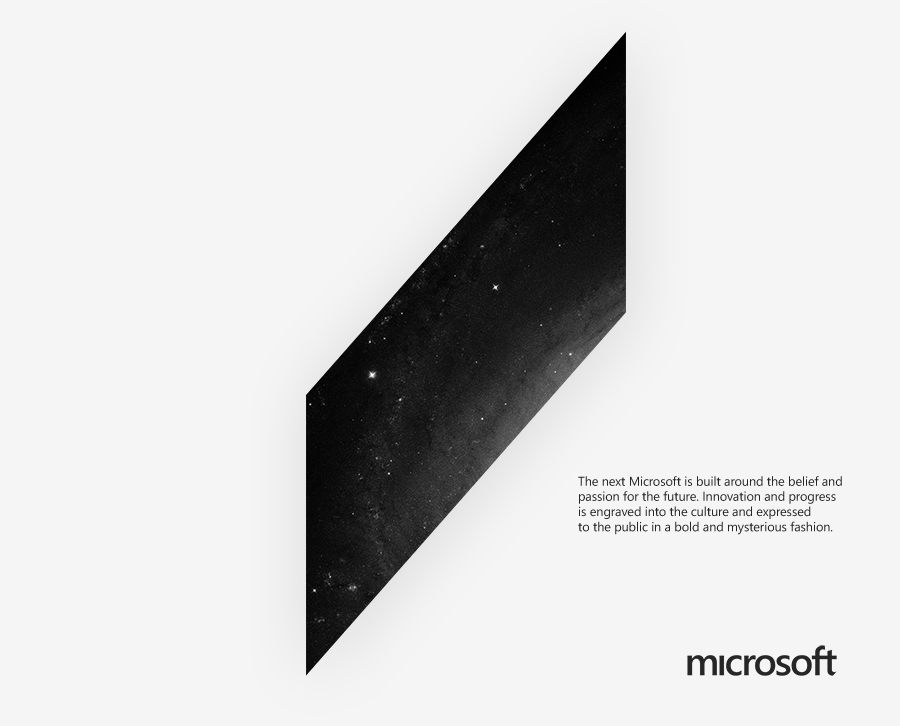
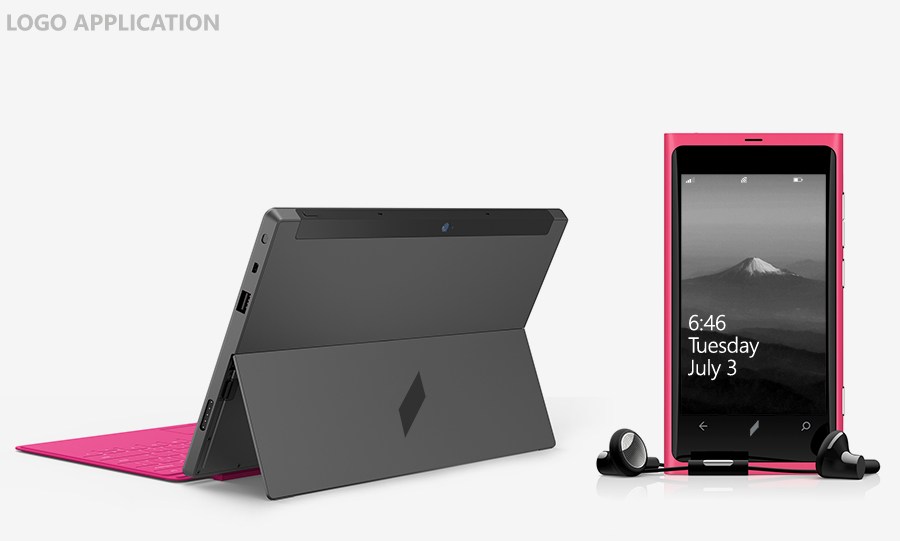
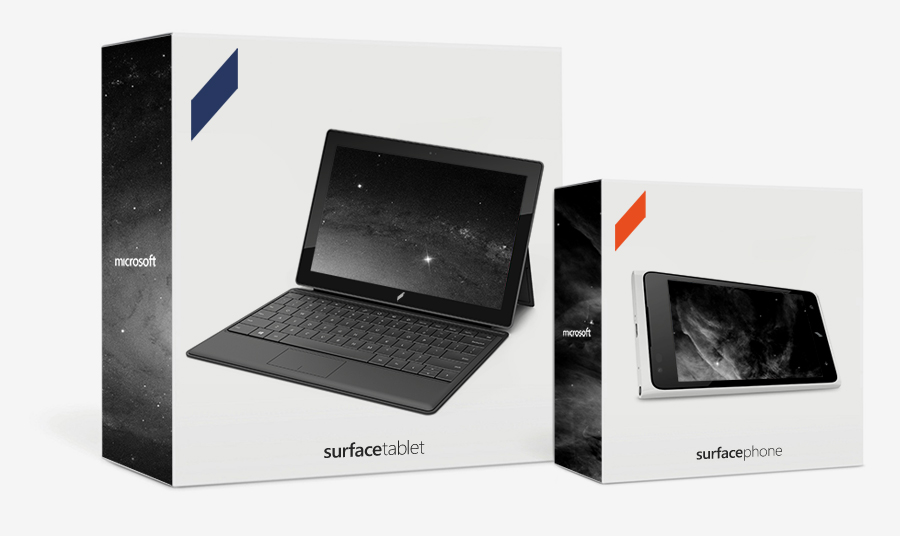

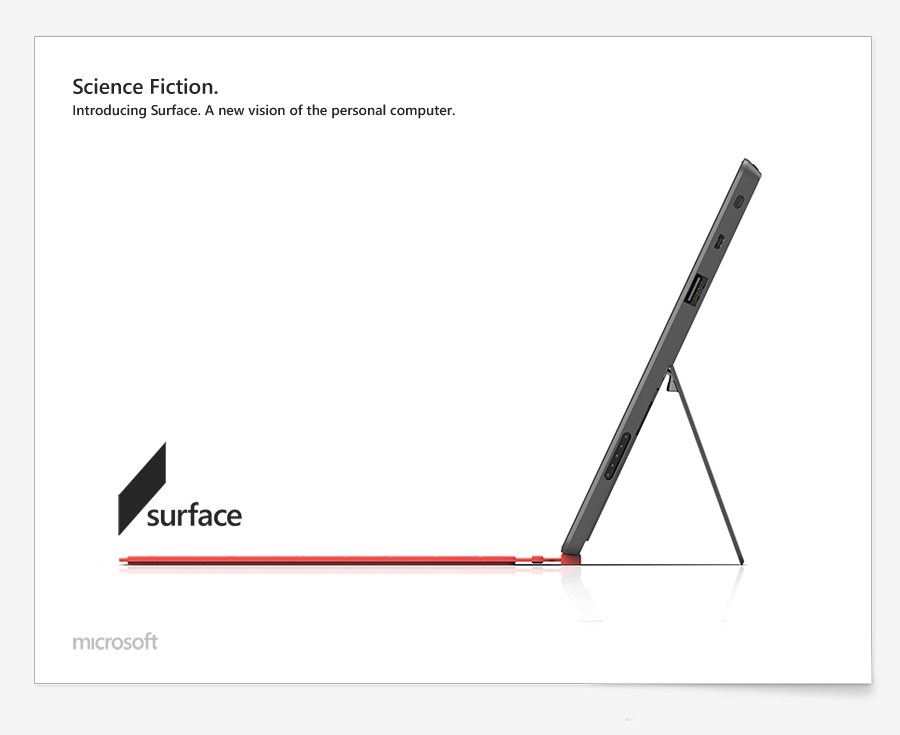
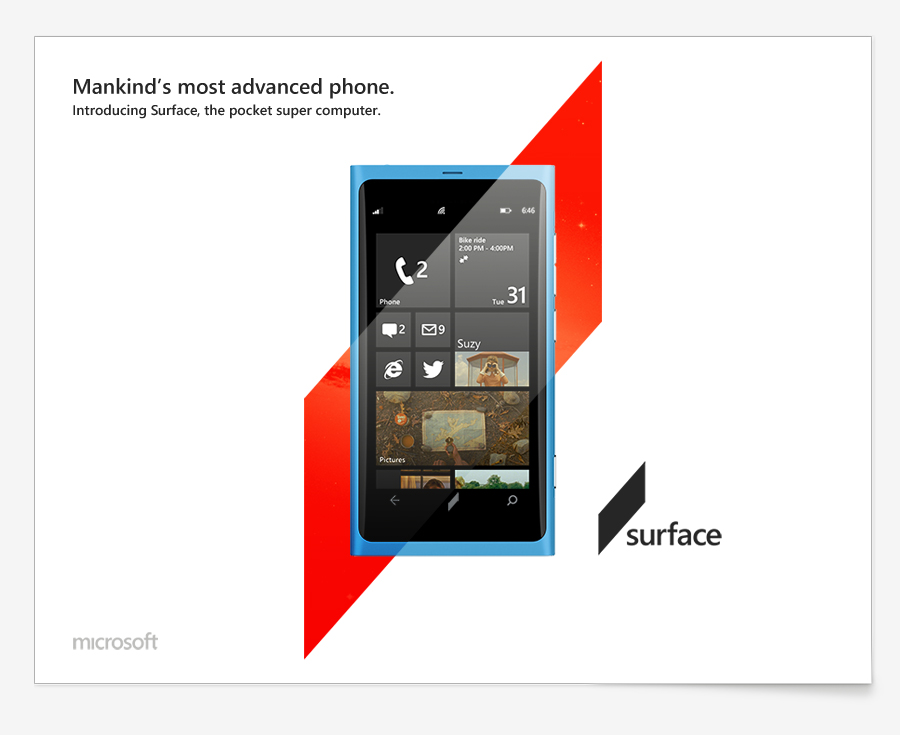
5. Competitions
There are many contests for designers. Personally, I am skeptical of them, because most often they offer to work for free, for a chance of remuneration not exceeding the average cost of such a contract in the market. But for starters, it’ll do.
Some contests can be found in social networks and blogs, but the bulk are on specialized sites like 99designs and GoDesigner, as well as on freelance exchanges. In this method, the good thing is that you do not need to come up with a task, it already exists. And if successful, you will not only do the work, but also earn some money.
By the way, there are very good contests, for example, VKontakte contests for the development of mobile applications with a prize fund of millions of rubles. Despite the fact that they have already been completed, nothing prevents you from making a decision and placing it in your portfolio.
6. Free work (“for the portfolio”)
I strongly advise against looking for a customer who agrees that you work for him for free. Firstly, any work must be paid. Even the work of a beginner costs money. Secondly, the chance to find a normal client in this way tends to zero.
7. Project of a famous studio or designer
You can take the task that your colleagues have already solved. Look at the work of famous designers and studios, choose what you think is done poorly and do better. In addition to experience and a good case, you can count on some resonance in the design environment (wow, the student did better than the X studio!).
8. Own project
A very useful way from the point of view of practice, and from the point of view of public benefit. By creating a thematic collection, a web service, a design framework, a set of free icons, or PSD templates, you not only fill the portfolio, but also help other people. In addition, if your project turns out to be good, over time it can become a source of income.
For example, the service for taking notes of Raccoon Artyom Nosenko (Artyom, of course, not a beginner, but an excellent example):
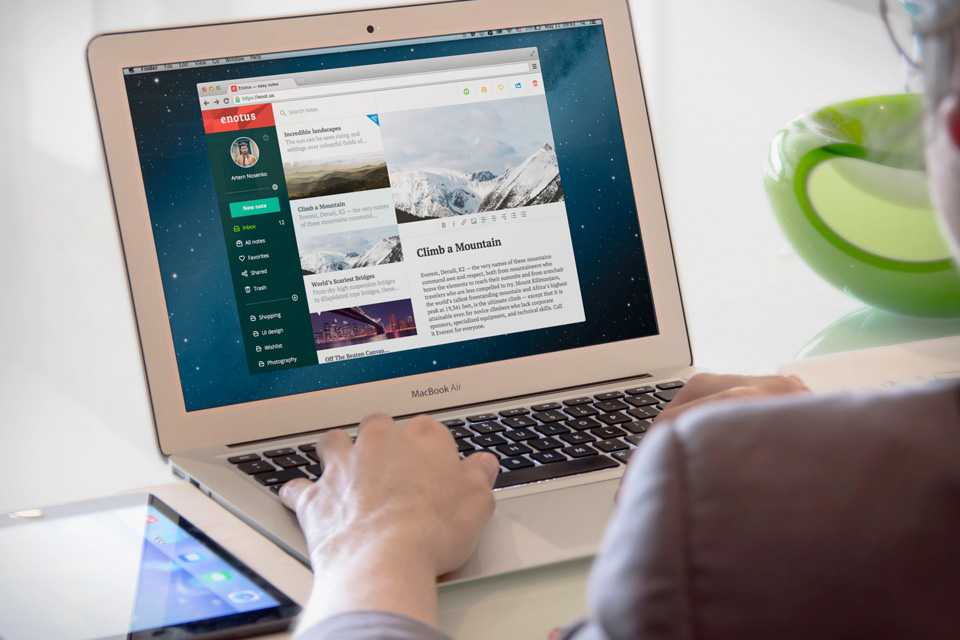
9. The solution to the real problem
The most, in my opinion, a good way to show the world and potential customers what you are capable of is to find a real problem in the real world and solve it by the methods and tools of the designer. This will develop you as a real designer, and show that range of tasks that are of interest to you.
Design Digest. " This is the weekly newsletter of the editor in chief with the best links for graphic designers.

